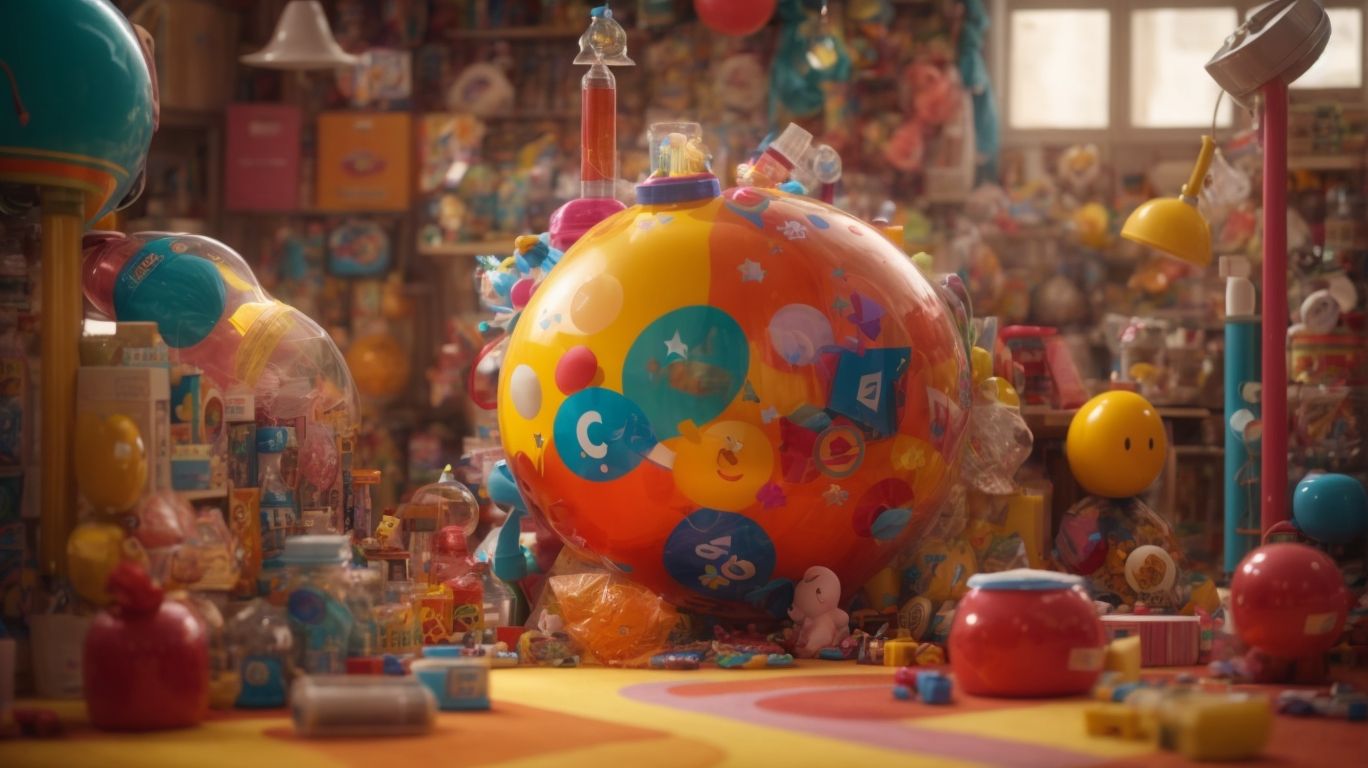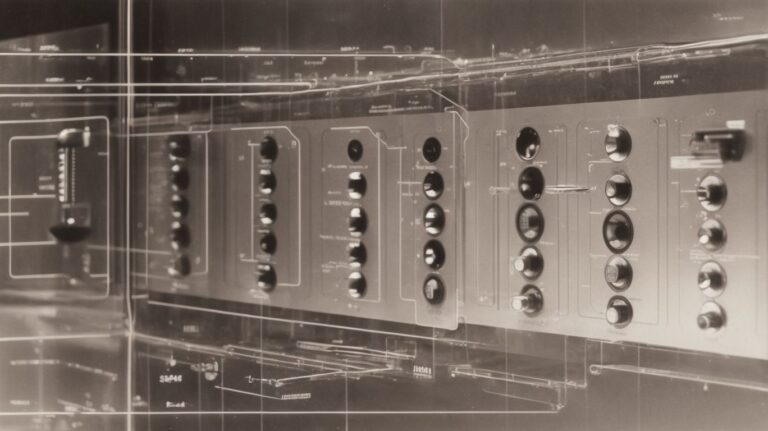Have you ever heard of ‘Bobo’ in psychological research? This article explores the history, impact, and evolving use of ‘Bobo’ in understanding aggression and violence. From Albert Bandura’s original experiment to modern studies on observational learning and media influence, ‘Bobo’ has played a significant role in shaping our understanding of human behavior.
But what are the ethical considerations when using ‘Bobo’ in research, and what does the future hold for studying aggression and violence? Let’s dive in and explore the fascinating world of ‘Bobo’ in psychological research.
Contents
- 1 What Is ‘Bobo’ in Psychological Research?
- 2 The History of ‘Bobo’ in Psychological Research
- 3 The Role of ‘Bobo’ in Understanding Aggression and Violence
- 4 How Has the Use of ‘Bobo’ Evolved in Psychological Research?
- 4.1 The Use of ‘Bobo’ in Modern Studies of Aggression
- 4.2 The Criticisms and Limitations of Using ‘Bobo’ in Research Despite its contributions, the use of the ‘Bobo doll’ in research faces criticisms related to issues like selection bias, generalization, and ecological validity. Ethical Considerations When Using ‘Bobo’ in Psychological Research Ethical considerations play a vital role in the use of the ‘Bobo doll’ for studying aggression modeling, emphasizing the importance of ethical practices in rewarding and punishing behaviors. Researchers utilizing the ‘Bobo doll’ to study aggression need to carefully assess the implications of rewarding and punishing behaviors observed during the experiments. The use of positive reinforcement to encourage aggressive behavior raises questions about the ethical implications of reinforcing harmful actions. Conversely, the application of punishments to deter aggression prompts discussions on the ethical boundaries of disciplinary actions in research settings. These ethical dilemmas underscore the necessity for researchers to adhere to stringent ethical guidelines laid out by institutional review boards and professional organizations to ensure the well-being of subjects and maintain research integrity. Future Implications and Directions for Research on ‘Bobo’ The future of research on the ‘Bobo doll’ entails leveraging technology, diverse sample populations, and exploring its applications in studying workplace bullying and aggression modeling. Technological advancements offer exciting possibilities for further exploration in the realm of behavioral research. With tools like virtual reality simulations and advanced data analytics, researchers can delve deeper into the intricate dynamics of social learning and aggression. Incorporating a wide range of sample populations, including diverse age groups and cultural backgrounds, can enrich the understanding of how observational learning and aggression manifest in different contexts. The relevance of the ‘Bobo doll’ extends beyond traditional psychology studies, with implications for investigating workplace dynamics and behavior. Understanding how aggression is modeled and perpetuated in professional settings can inform interventions to address workplace bullying and promote a healthier organizational culture. The Role of Technology in Studying Aggression and Violence
- 4.3 The Need for More Diverse and Inclusive Samples in Research
- 5 Frequently Asked Questions
- 5.1 What is the ‘Bobo’ doll and why is it important in psychological research?
- 5.2 How was the ‘Bobo’ doll used in Bandura’s study?
- 5.3 What were the results of Bandura’s ‘Bobo’ doll experiment?
- 5.4 How did Bandura’s ‘Bobo’ doll experiment contribute to our understanding of social learning?
- 5.5 Is the ‘Bobo’ doll still used in psychological research today?
- 5.6 What ethical considerations should be taken when using the ‘Bobo’ doll in research?
What Is ‘Bobo’ in Psychological Research?
Bobo in psychological research refers to a significant experimental tool used to study aggression and observational learning in children.
Originally introduced by psychologist Albert Bandura in the 1960s, the Bobo doll is a large, inflatable doll resembling a clown that was utilized to demonstrate how children imitate aggressive behaviors they witness. Through a series of experiments, researchers observed how children would replicate the actions they saw adults perform on the Bobo doll, reflecting the concept of observational learning. This influential research provided valuable insights into the impact of media violence and role models on children’s behavior, highlighting the importance of early intervention and positive influences in shaping behavior.
The History of ‘Bobo’ in Psychological Research
The history of the ‘Bobo doll’ in psychological research traces back to Albert Bandura’s groundbreaking experiments that explored the relationship between observational learning and aggressive behavior in children.
Bandura’s original ‘Bobo doll’ experiment involved showing children a video where an adult aggressively interacted with a large inflatable doll (the Bobo doll) in a distinctive manner. This adult model displayed hitting, kicking, and even verbal aggression towards the doll. The key observation was that children who witnessed this behavior were more likely to replicate it when given the opportunity to interact with the Bobo doll themselves. This demonstrated the powerful impact of observational learning on shaping behavior in children.
The Original ‘Bobo’ Experiment by Albert Bandura
Albert Bandura’s original ‘Bobo’ experiment delved into the impact of aggressive models on children’s behavior, revealing key insights into observational learning and the replication of aggressive actions.
Bandura’s experiment, conducted in the early 1960s, involved children observing adults behaving aggressively towards a Bobo doll, a large inflatable toy designed for role-playing. The setup included a controlled environment with video cameras to record the children’s reactions to the aggressive models. Children were then taken individually to a room with various toys, including the same Bobo doll, and their behaviors were closely monitored. The findings indicated that children exposed to aggressive models were more likely to imitate the same aggressive actions towards the Bobo doll, displaying a clear link between observation and behavior replication.
The Impact of the ‘Bobo’ Experiment on Psychological Research
The Bobo experiment by Albert Bandura revolutionized psychological research by showcasing the influence of aggressive models on children’s behaviors through observational learning.
This groundbreaking study brought to light the concept of social learning theory, emphasizing how individuals can acquire behaviors simply by observing others. The findings of the Bobo experiment have had a lasting impact on our understanding of aggression, particularly in how it can be learned and replicated through observing and imitating role models. Bandura’s research also highlighted the importance of the environment and social context in shaping human behavior and attitudes.
The Role of ‘Bobo’ in Understanding Aggression and Violence
The Bobo doll plays a crucial role in deciphering the complexities of aggression and violence, especially in children exposed to aggressive models and media influences.
Through the famous Bobo doll experiment conducted by Albert Bandura, it was demonstrated how children can imitate aggressive behavior they witness, even when exposed to violent media content. This research sheds light on the significant impact of observational learning on children’s behavior.
The experiment involved children observing an adult model displaying aggressive actions towards the doll, which led the children to replicate similar behavior. Such findings underscore the importance of monitoring children’s exposure to aggressive models, as it can shape their own tendencies towards violence and aggression.
The Connection Between Observational Learning and Aggression
Observational learning serves as a critical link to understanding the manifestation of aggression in the real world, as evident from studies like the ‘Bobo’ experiment.
Observational learning, a concept rooted in the behaviors we emulate by watching others, has been at the core of understanding human behavior dynamics.
Research, such as the ‘Bobo’ experiment conducted by Albert Bandura, showcased how individuals learn aggressive responses through observation and modeling. Results demonstrated how children replicated aggressive actions observed in adults, emphasizing the significant impact of social observation on behavior acquisition.
This experiment further highlighted the role of reinforcement in solidifying learned aggressive behaviors. The intricate interplay between observation, social environment, and behavioral outcomes underscores the complexity of human learning and behavior.
The Influence of Media and Aggressive Models on Behavior
Media influences, including exposure to violent video games and aggressive models, significantly impact children’s behavior, echoing the findings from studies like the ‘Bobo’ experiment.
Research has shown that children often mimic behaviors they observe in media, whether it’s from video games, movies, or even social media influencers.
The ‘Bobo doll’ study conducted by Albert Bandura demonstrated how children imitated aggressive actions they witnessed, perpetuating the cycle of violent behavior.
This phenomenon is further exacerbated by the desensitization that occurs when children are consistently exposed to violent content, leading to a blurring of lines between reality and fiction.
Parents and educators play a crucial role in monitoring and limiting children’s exposure to these influences to cultivate positive behavior and reduce aggression.
How Has the Use of ‘Bobo’ Evolved in Psychological Research?
The evolution of Bobo in psychological research showcases its application in modern studies, shedding light on gender differences in aggressive behavior and observational learning.
Originally introduced by Albert Bandura in the 1960s, the Bobo doll experiment has become a cornerstone in the field of psychology, particularly in understanding how individuals, irrespective of gender, exhibit and learn aggressive behaviors through observation.
Through controlled experiments, researchers have been able to delve deeper into the nuances of gender-specific responses to aggression and how exposure to certain stimuli can influence behavior, cognitive processes, and even social interactions. The use of the Bobo doll as a tool for studying observational learning has revealed invaluable insights into the complexities of human behavior, offering a window into the mechanisms underlying behavior modeling and social priming.
The Use of ‘Bobo’ in Modern Studies of Aggression
The ‘Bobo doll’ continues to be a valuable tool in modern studies of aggression, providing insights into social learning theory and the influence of models on behavior.
In contemporary research, the ‘Bobo doll’ experiment pioneered by Albert Bandura in the 1960s still holds significance in psychology. By observing how children imitate aggressive actions towards the doll after witnessing adults display similar behaviors, researchers gain a deeper understanding of how individuals acquire and replicate aggressive tendencies.
The Bobo doll illustrates the concept of modeling, where individuals learn behaviors by observing others. This experimental setup has been adapted to explore various social behaviors beyond aggression, shedding light on the complex interplay between observational learning and behavior formation.



